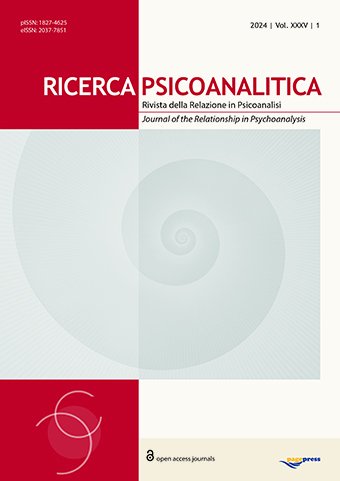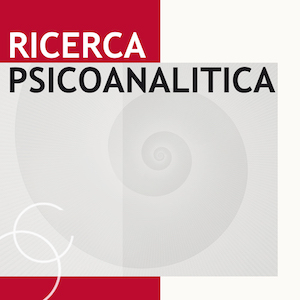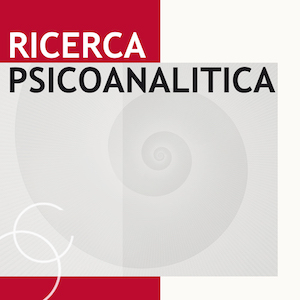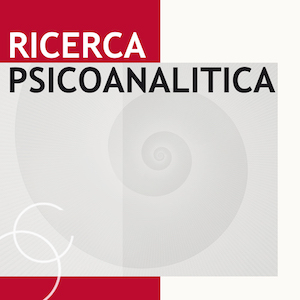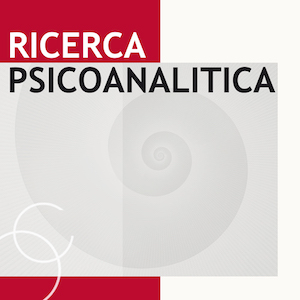Emotions and generational shift in small and medium-sized enterprises
All claims expressed in this article are solely those of the authors and do not necessarily represent those of their affiliated organizations, or those of the publisher, the editors and the reviewers. Any product that may be evaluated in this article or claim that may be made by its manufacturer is not guaranteed or endorsed by the publisher.
Accepted: 12 September 2023
Authors
An intervention was designed to facilitate the generational transition within a smallmedium- sized enterprise, which became the starting point for dealing with the generational transition also from the point of view of emotions, which is not a given when it comes to production, organizational size, budgets, management problems and procedures. When the founder of the company died, the heirs became stuck in a sort of management paralysis in which the firstborn assumed the role of the designated heir via primogeniture, maintaining the vertically organized structure of the founding father and asking consultants that he be accepted, and that they enforce his role also on his siblings and employees, thereby delegating authority to fill that position to a third party. The death of a founder poses the problem of time in the process of elaborating the transition and acquisition of inheritance, and its transformation is an essential part of the passage. It is important to have time to deal with the loss of the founding father and, with him, to let go of idealizations of oneself and experience reality. Maintaining an organization unchanged by moving one man to replace another is simply a strategy introduced to avoid pain and change. Our work with the Consultants permitted us to see all of this, allowing us to analyse the situation further and find a new organization in which the heirs involved were able to collaborate together on the transition.
How to Cite

This work is licensed under a Creative Commons Attribution-NonCommercial 4.0 International License.
PAGEPress has chosen to apply the Creative Commons Attribution NonCommercial 4.0 International License (CC BY-NC 4.0) to all manuscripts to be published.

